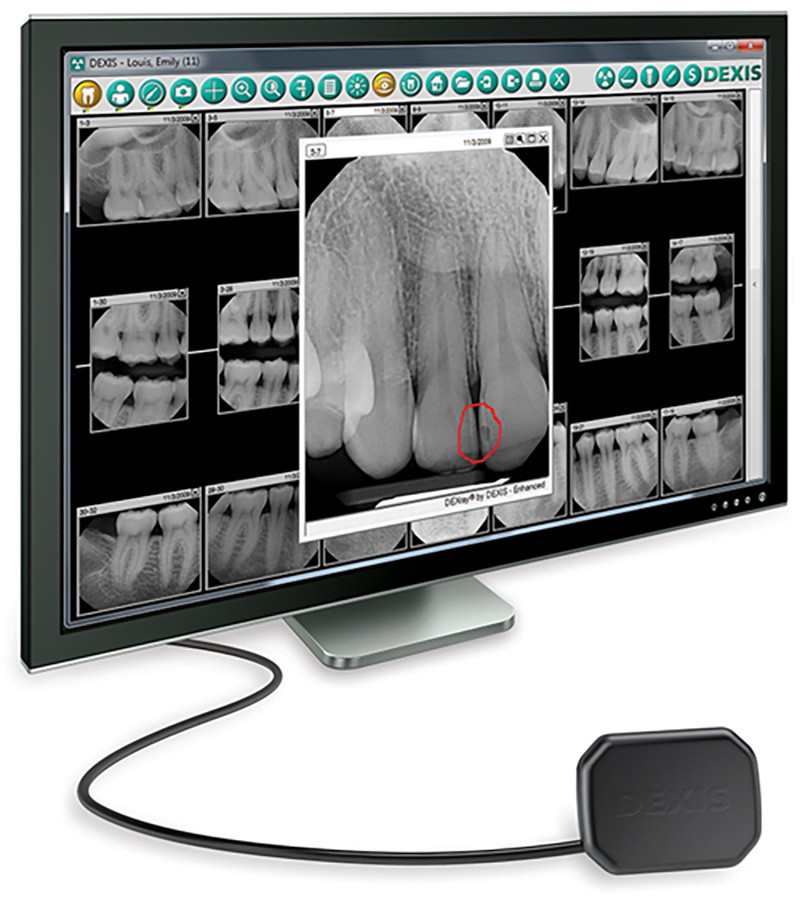Digital x-ray imaging has brought obvious benefits to health care. Digital x-ray imaging does away with film processing, and the images can be viewed just minutes after exposure via computer network. One big advance of digital technology is, of course, that it enables the electronic transfer of images to any location. This timely production and transmission of images gives physicians greater access to them during consultations.
Digital radiography offers a number of capabilities compared with conventional radiography, such as post-processing, electronic archiving, concurrent access to images, and improved data distribution. Digital radiographic techniques also have a wider dynamic range, patient radiation dose can thus be lowered.

Digital X-rays Are Safer with Less Radiation
New digital x-ray imaging systems now use up to 70% less radiation than normal x-rays. Since these require a significantly lower level of radiation than traditional x-rays, it means less exposure and a much safer experience for both the patient and the dental professionals administering the digital x-rays.
Faster X-ray Images
Digital x-ray film is available for viewing immediately since it doesn’t have to be first developed like the old film x-rays.
Clearer, Higher Quality Images
The images in digital x-rays can also be computer enhanced to reveal even more information.
More Accurate History of Your Teeth
The archiving, storage, and retrieval of digital x-rays are now all done on computer and allow your dentist to keep a more accurate ongoing history of your teeth and oral health.
Improved Patient Comfort
Digital x-ray imaging is far less intrusive than conventional x-rays. The patient simply places a sensor inside the mouth that will send the digital information to a computer. There are no lead bibs to wear or uncomfortable papers to bite into, as was customary during traditional film x- rays.
